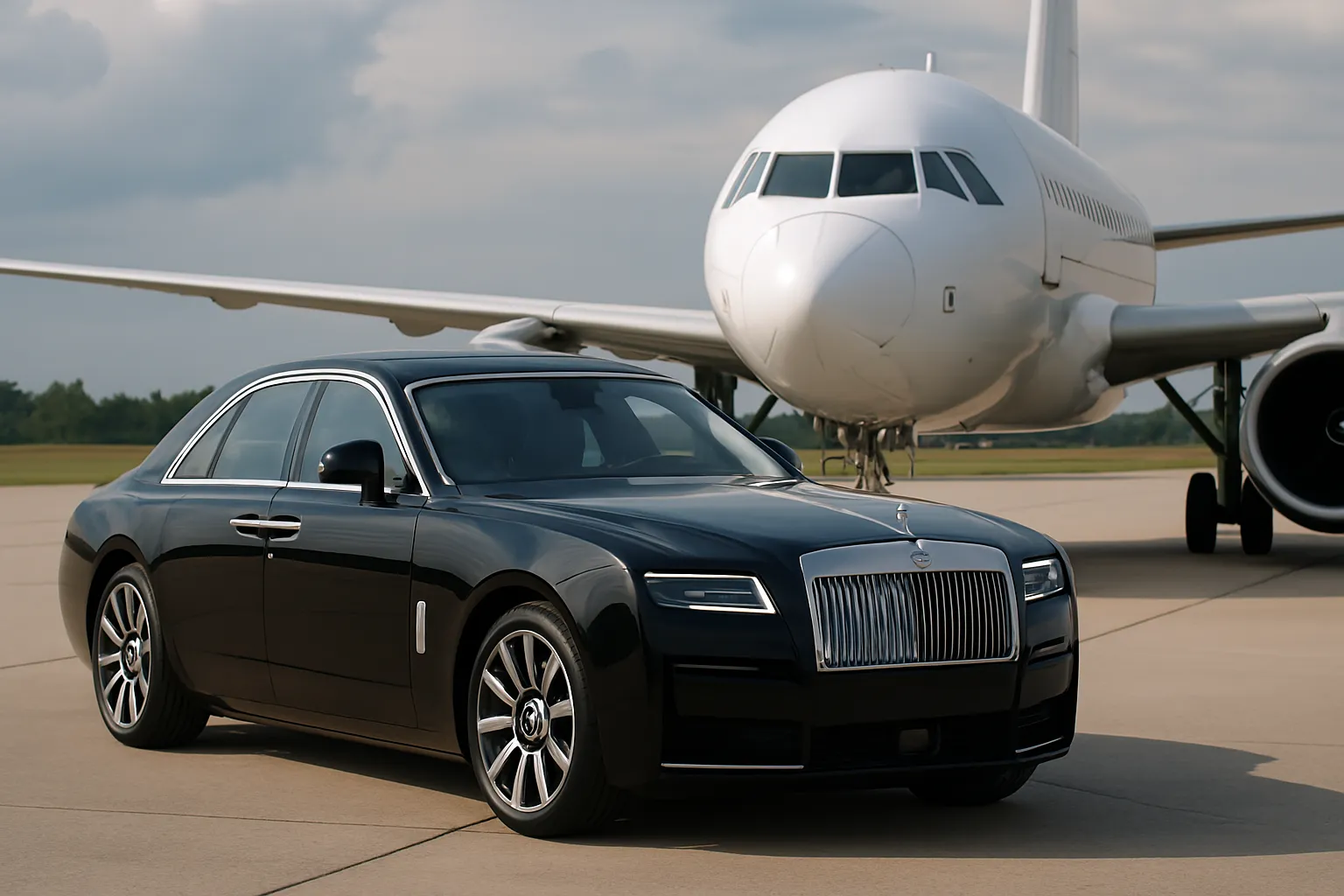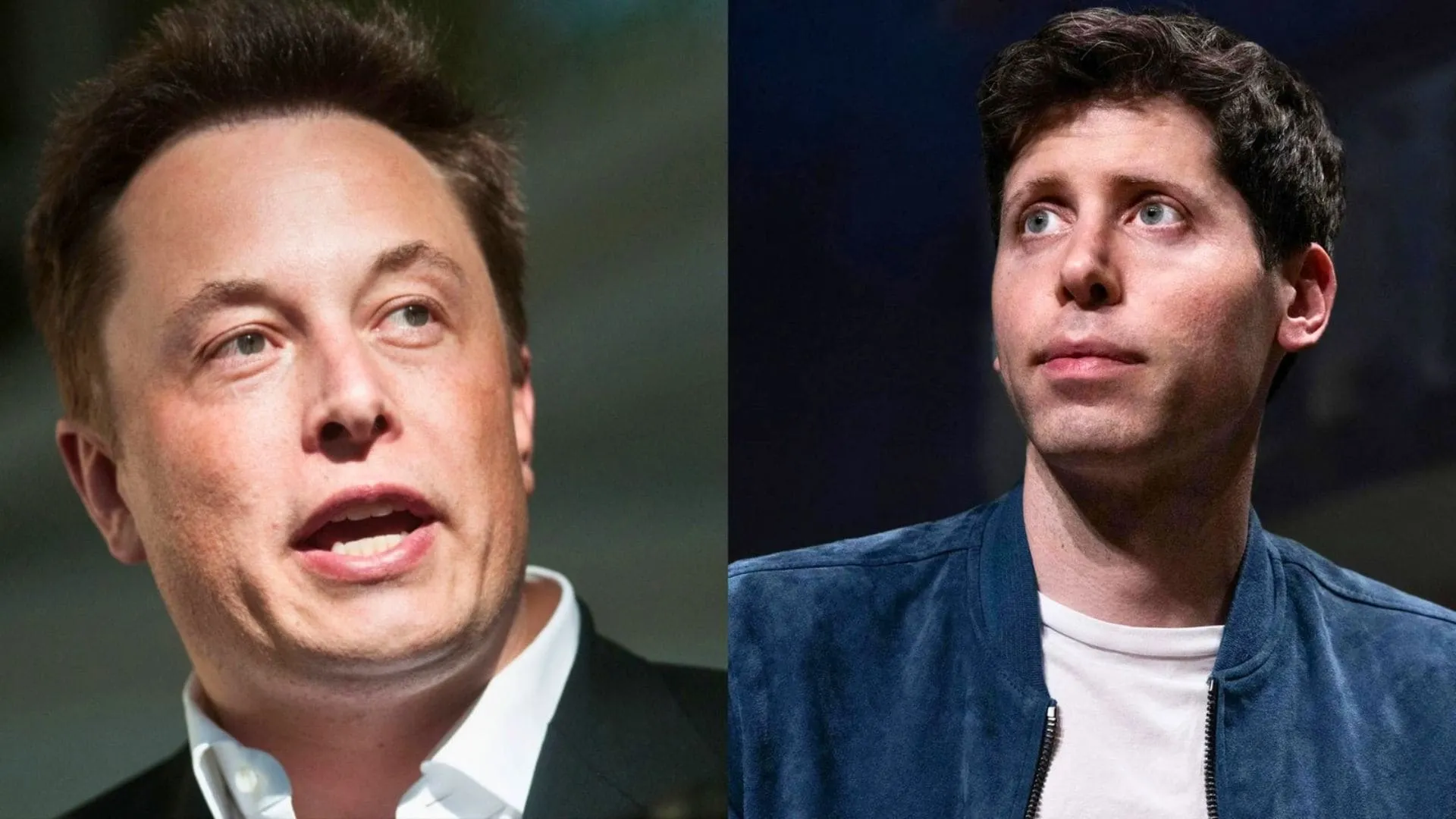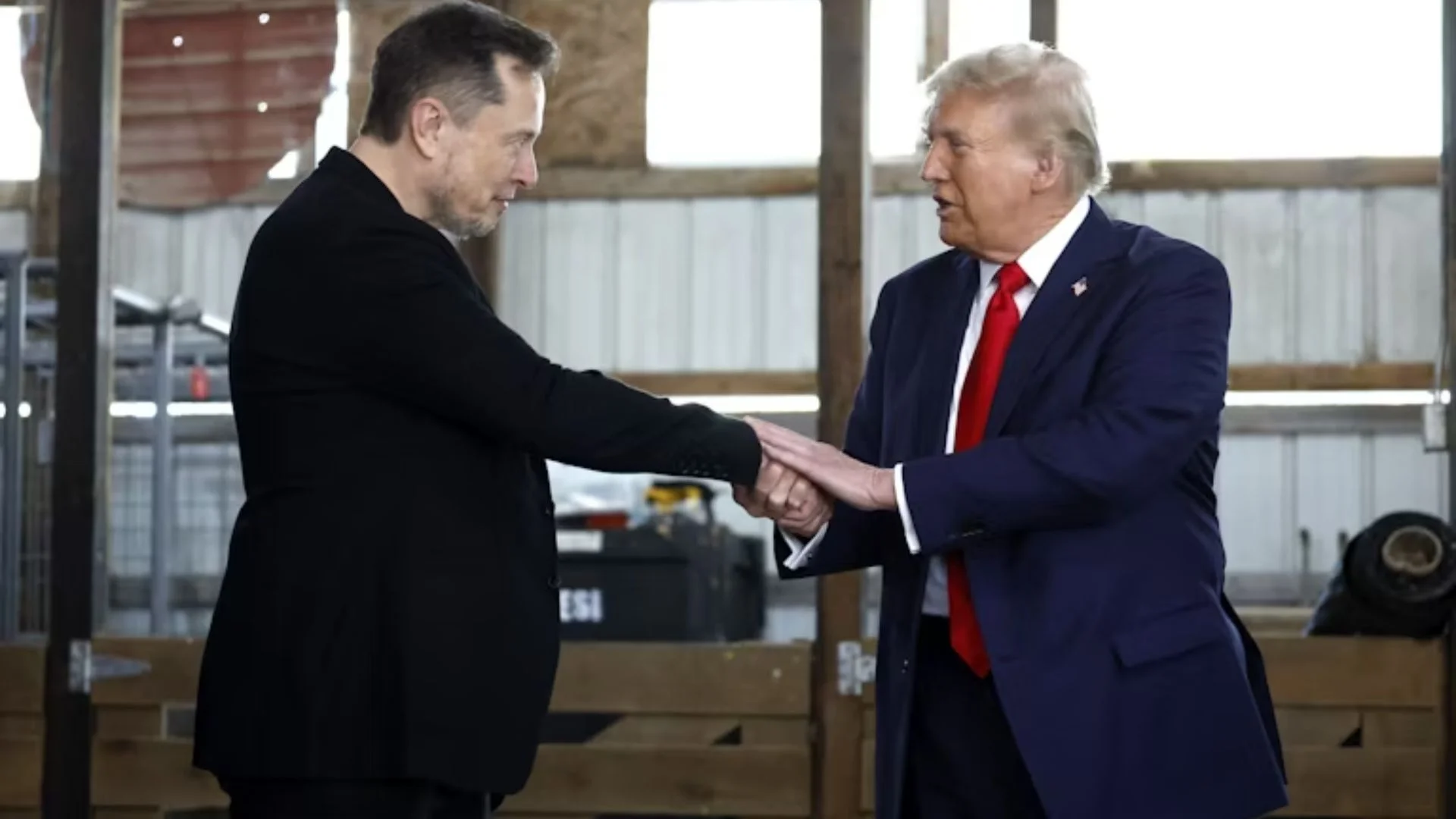Founded in 1906, Rolls-Royce has long stood as a symbol of ultimate luxury, elegance, and engineering perfection. Known for crafting some of the world’s most iconic and expensive cars, the brand doesn’t just sell automobiles — it offers an experience reserved for the elite. Each Rolls-Royce is custom-built, handcrafted, and treated as a piece of art on wheels.
But beyond its impeccable craftsmanship and legacy, Rolls-Royce follows a unique marketing philosophy that sets it apart from every other luxury carmaker. One of its most fascinating strategies? It never parks its cars next to other cars at exhibitions.
Why? Because Rolls-Royce doesn’t compete — it dominates. And the reason behind this unusual choice lies deep in human psychology.
When it comes to iconic car brands, each name evokes a particular image:
- Ferrari – Speed
- BMW – Driving Experience
- Mercedes-Benz – Luxury
- Volvo – Safety
And then there’s Rolls-Royce — a brand that transcends the idea of just a car. It’s not just a vehicle; it’s a statement of legacy, prestige, and unmatched craftsmanship.
But did you know that Rolls-Royce rarely, if ever, displays its cars alongside other automobiles at exhibitions?
Instead, Rolls-Royce prefers to showcase its vehicles next to private jets or luxury yachts. This isn’t just about aesthetics — it’s a powerful marketing strategy rooted in psychological science.
Let’s explore the logic behind this — and how something called the Anchoring Effect plays a role.
Why Rolls-Royce Avoids Being Seen Next to Other Cars
Unlike most automobile brands that compete for attention in car expos, Rolls-Royce takes a very different approach. It chooses to display its vehicles in spaces where ultra-high-net-worth individuals make purchases — like private jet lounges, yacht expos, or luxury lifestyle exhibitions.
The idea is simple but genius:
“We don’t want to be compared with other cars. We want to be seen as part of a different universe altogether.”
This reinforces the brand’s positioning beyond automotive — associating Rolls-Royce with the luxury lifestyle itself rather than with the car industry alone.
Rolls-Royce sold over 6,000 cars in 2023 — its highest ever — despite being one of the most expensive brands in the world.
Enter the Anchoring Effect: The Power of Perception
This strategy ties directly into a psychological concept known as the Anchoring Effect.
The Anchoring Effect refers to the tendency of people to rely heavily on the first piece of information (the “anchor”) they see when making decisions. Once an anchor is set, it influences how we perceive everything that follows.
Example:
If you see a luxury jet priced at $30 million and right next to it is a Rolls-Royce priced at $500,000 — your brain goes,
“Compared to the jet, this car seems almost affordable.”
That’s the anchoring effect in action. It changes your frame of reference, making a half-a-million-dollar car feel like a reasonable add-on — especially when you’re already in the mindset of high-end spending.
Where Else Do We See the Anchoring Effect?
The anchoring effect isn’t limited to Rolls-Royce. It’s everywhere around us — especially in marketing and pricing strategies. Here are a few common examples:
- Retail Discounts: “Was ₹10,000, now only ₹6,999” — the original price becomes the anchor.
- Real Estate: The first quoted price sets expectations for negotiations.
- E-commerce: “Compare with ₹1,999” tags on sale items.
- Salary Negotiations: The first offer made often anchors the conversation.
- Luxury Branding: Associating products with a more expensive lifestyle item (like a yacht or private jet).
Rolls-Royce: A Case Study in Premium Perception
By showcasing its cars next to private jets, Rolls-Royce sends a subtle but powerful message:
More than a century after it was founded, Rolls-Royce continues to prove that luxury isn’t just built — it’s brilliantly positioned.
It’s not just clever — it’s psychologically strategic. When a brand anchors itself to ultra-luxury, it reframes the customer’s perception entirely.
Final Thoughts
Rolls-Royce’s marketing isn’t about flashy ads or aggressive sales tactics. It’s about creating a mindset, an environment where spending on luxury feels not only justified but expected.
And that’s what makes it more than just a car — it becomes a symbol of status, power, and timeless elegance.






















